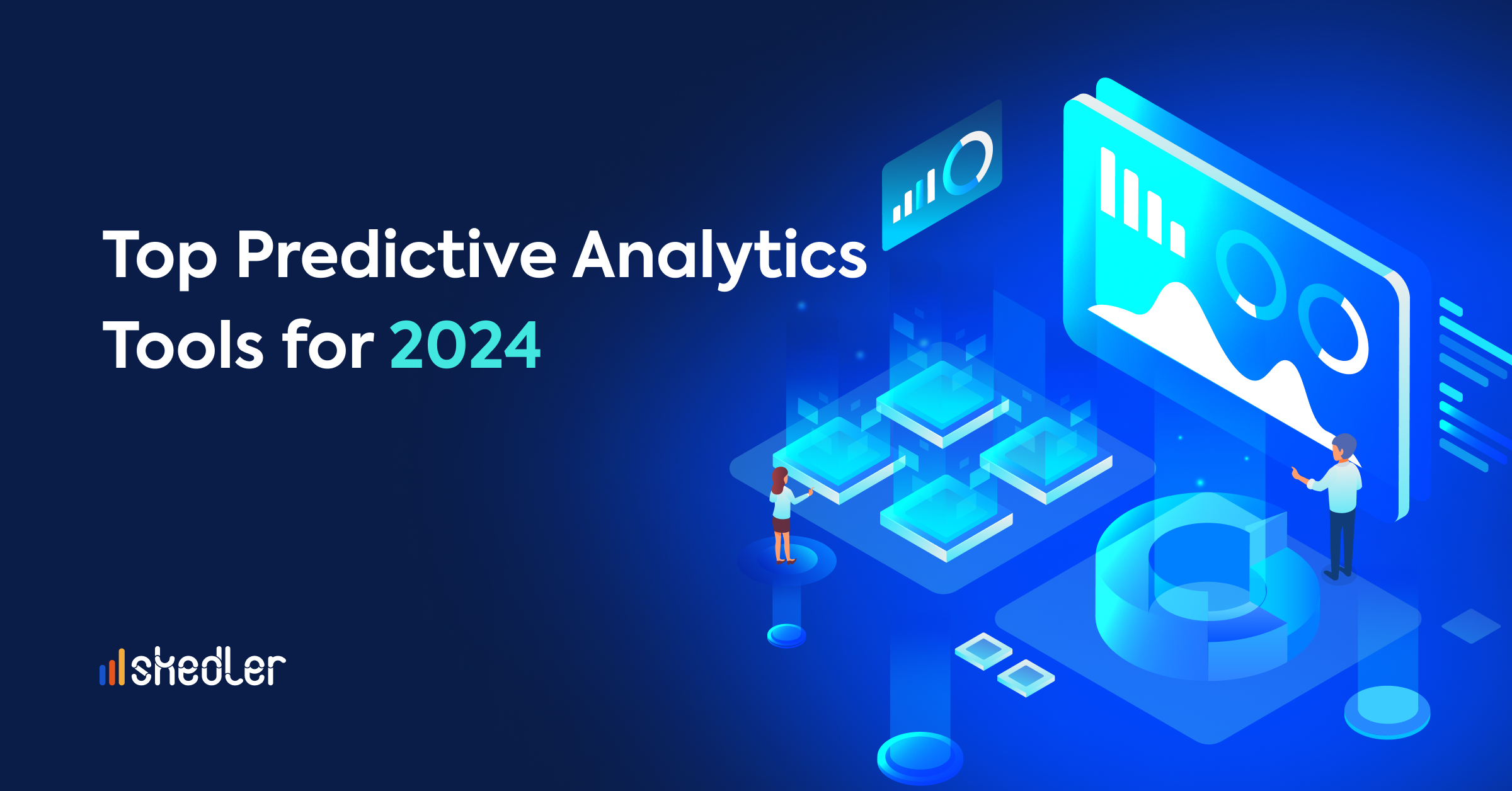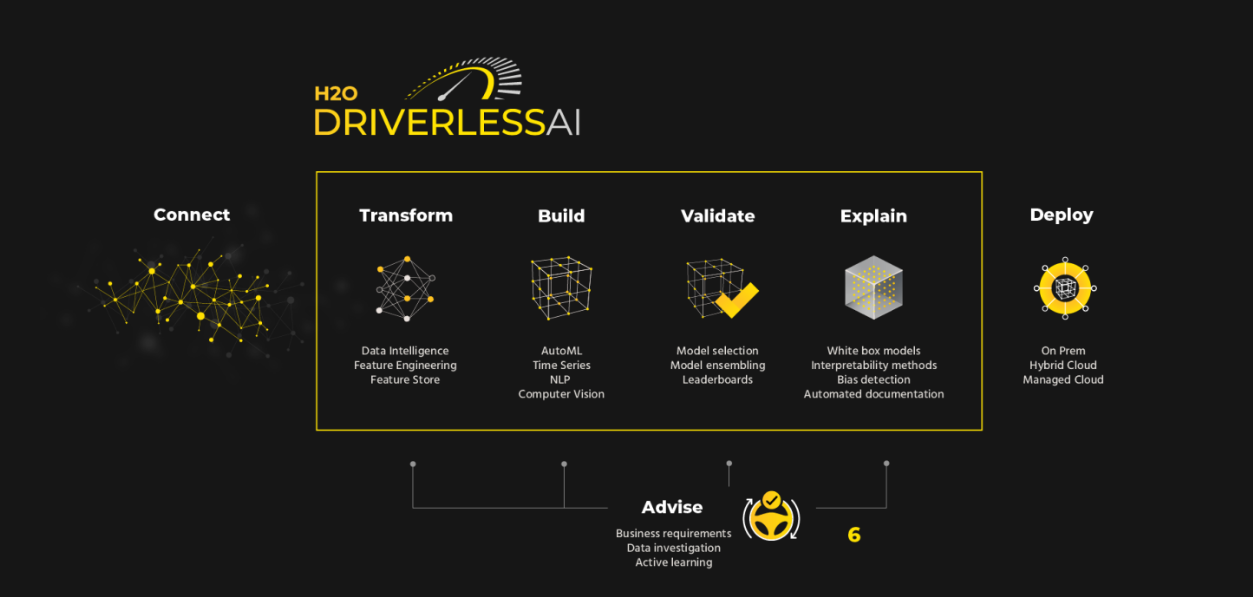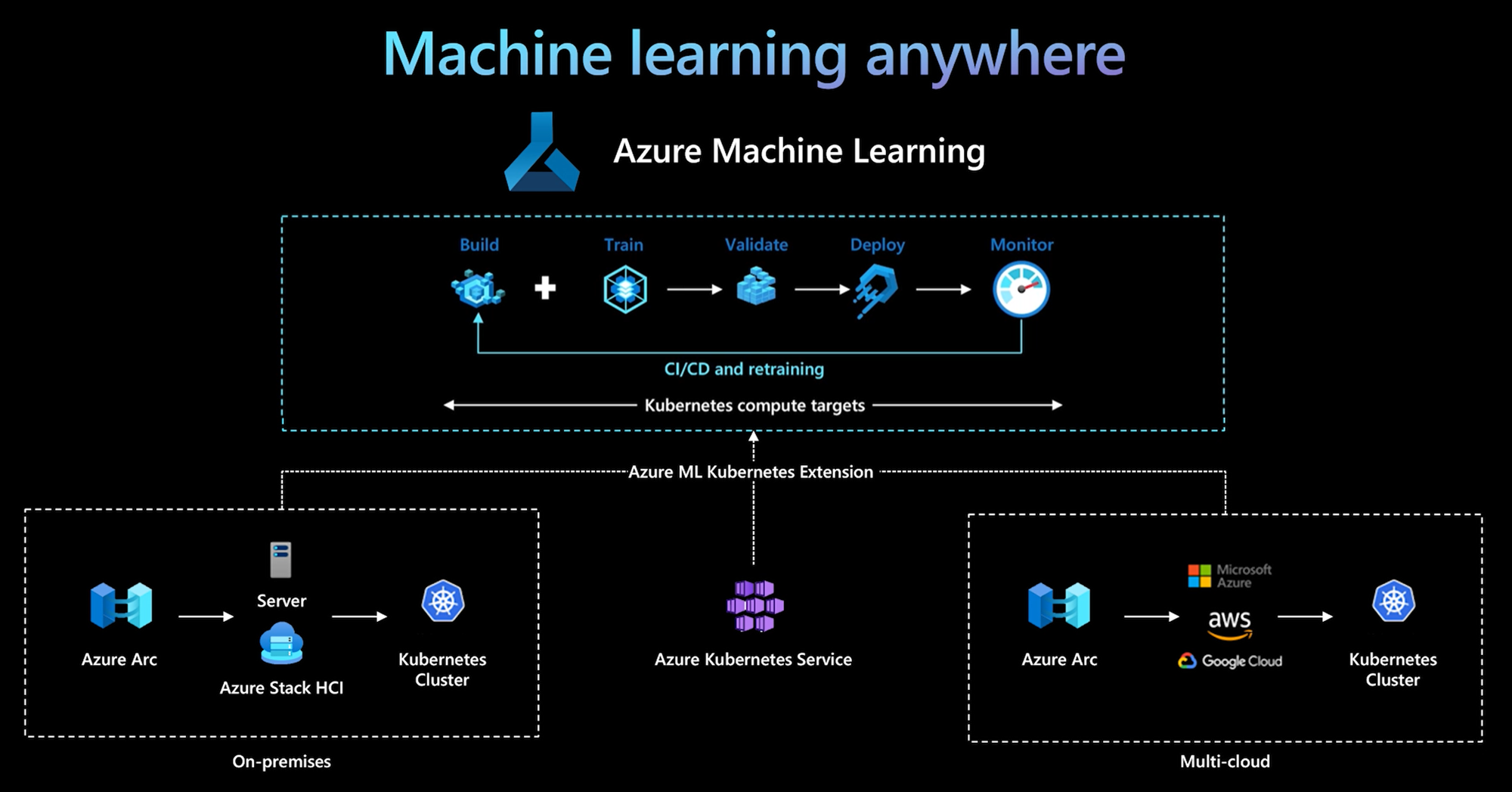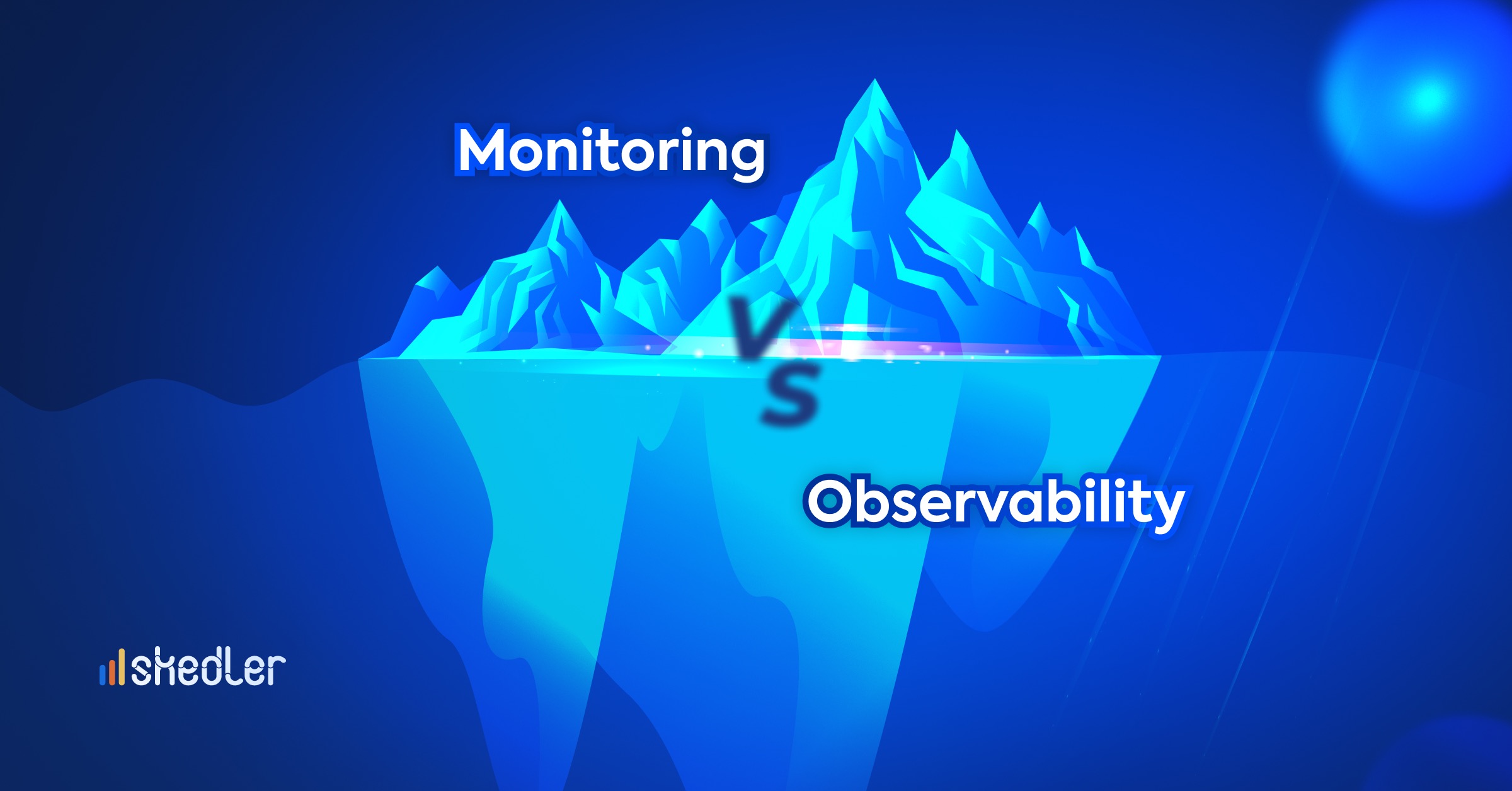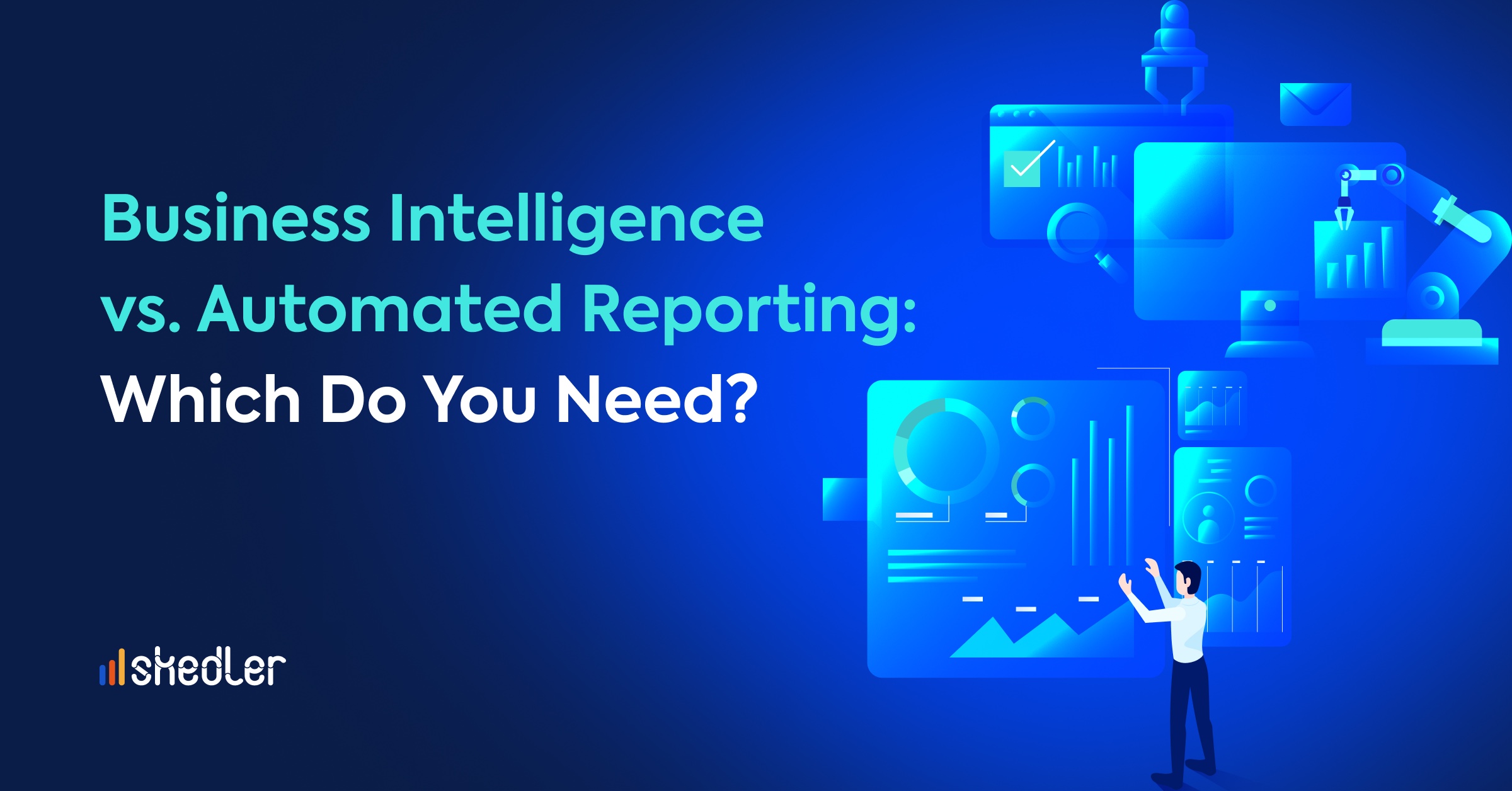Top Predictive Analytics Tools for 2024
Predictive analytics is at the forefront of technological advancement. According to Allied Market Research, the predictive analytics market is poised to reach a stunning $35.5 billion by 2027, underscoring its rapid growth and increasing significance in shaping the future of data-driven decision-making across industries.
Simply put, predictive analytics is a data-driven approach that leverages statistical modeling and machine learning techniques to forecast future outcomes from historical and current data.
The power of data-driven information
In today’s data-centric landscape, predictive analytics offers the ability to optimize profits by taking advantage of upcoming opportunities and mitigating losses through informed decision-making. It uncovers patterns, opens insights, and enables organizations to allocate resources judiciously and make better decisions. Today’s predictive analytics tools are widely available, and choosing the best one for your business is sometimes complicated. These tools are no longer a novelty but have become an essential toolkit for experts navigating the complex realms of data science, artificial intelligence,a nd machine learning.
Predictive analytics solutions have undergone a remarkable evolution in recent years. Enhanced with artificial intelligence (AI) and designed to be accessible to both data scientists and business users, they now occupy a more critical role than ever in driving informed decision making.
In this article, we delve into the top predictive analytics tools poised to dominate the landscape in 2024. If you’re looking to stay on the cutting edge of technological advances, this article will serve as your guide. Join us on this journey to unveil the cutting-edge solutions that will shape the future of predictive analytics.
Top Predictive Analytics Tools for 2024
H2O Driverless AI
How H2O Driverless AI works (Source: h2o.ai)
H2O has gained significant popularity in predictive analysis, primarily due to its open-source nature. This auto-ML suite automates the entire process of creating and deploying machine learning models. Customizable recipes empower both experts and citizen data scientists to effortlessly develop AI models, with applications spanning industries like banking, healthcare, retail, and transportation. Noteworthy automated and augmented features include feature engineering, model selection, parameter tuning, natural language processing, and semantic analysis.
Users appreciate its comprehensive automation of model creation, tuning, and deployment, allowing export in various formats (API, Python, MOJO, R, and REST). Deploying models in any environment or format is straightforward. H2O stands out for its simplified models that employ causal graphs, LIME, Shapley, and surrogate decision tree methods.
The tool also excels in providing insights into machine learning model behavior and algorithm decision-making. H2O.ai is the trusted AI provider to more than 20,000 global organizations, including AT&T, Procter & Gamble, PayPal, PwC, Unilever and over half of the Fortune 500 and one million data scientists.
IBM SPSS Modeler
IBM offers a cloud-based integrated development environment that has become a staple in predictive analysis, following its acquisition of SPSS in 2009. IBM SPSS Modeler‘s cloud-based environment is really user-friendly, requiring no prior programming knowledge.
This data mining and text analysis software features a graphical user interface, enabling business managers to quickly prepare data and create and deploy models. Key advantages include integrated tools for data preparation, machine learning model development, and deployment in real-world settings. The platform combines various tools and services, including Apache Spark, Jupyter notebooks, and RStudio, for data preprocessing, visualization, and modeling.
IBM SPSS Modeler offers a wide array of predefined data mining algorithms, including decision trees, neural networks, and ensemble methods, allowing rapid development. Users have access to machine learning and deep learning libraries like TensorFlow and PyTorch, allowing model deployment in various formats such as REST APIs and Docker containers.
The platform’s advanced text analysis capabilities simplify natural language processing, while seamless integrations with Watson Natural Language Understanding and other IBM services enable the addition of advanced analytics and AI capabilities to projects on the fly.
Microsoft Azure Machine Learning
The Microsoft Azure Machine Learning platform, a part of the Microsoft ecosystem, enhances business users’ analytical capabilities. Integrated with popular tools like Power BI and Excel, it brings predictive analytics to t he forefront. This cloud-based platform seamlessly integrates with Azure Data Catalog, Data Factory, and HDInsight, providing robust predictive analytics capabilities. It offers ready-made tools for data cleansing, transformation, and feature engineering, simplifying data preparation.
Diagram illustrating how Azure Machine Learning connects to Kubernetes (Source: Microsoft)
Moreover, its strong integration with application development and RPA tooling enables easy deployment of predictive analytics directly into applications and workflows. With features like model evaluation, deployment as web services, and project management tools, it empowers organizations to harness the power of machine learning.
Oracle Data Science
Oracle Data Science is a comprehensive solution designed to streamline data organization and transformation into predictive models, empowering organizations to make data-driven strategic decisions. Integrated within Oracle’s product database, users gain access to an array of cloud and artificial intelligence tools, providing flexibility and scalability. Beyond constructing data models, Oracle Data Science facilitates secure cloud-based storage of datasets, ensuring instant accessibility and synchronization across the organization.
Oracle Cloud Infrastructure (OCI) Data Science stands out as a cloud-based platform tailored for big data and machine learning. It empowers data science teams to build, train, deploy, and manage machine learning models using Python and open-source tools. OCI Data Science excels in model production, offering MLOps capabilities, model deployments, and continuous monitoring to ensure optimal model performance. Oracle’s transparent pricing options, including a free lab offering, make it a compelling choice for organizations seeking robust cloud-based data science solutions.
Alteryx
Alteryx is a versatile self-service platform commonly favored by commercial businesses. Its easy-to-use drag-and-drop GUI simplifies the process of combining data from various sources and handling large datasets, making it accessible even to non-technical users.
Alteryx offers end-to-end solutions tailored to specific business needs, and it can automate every step in the data analytics process, from preparation to data science. Integration with R and other statistical packages enhances its efficiency. Despite its user-friendliness, Alteryx’s pricing starting at $5,195 per year for a production license may be a consideration for some organizations.
Selecting the Best Predictive Analytics Tool for Your Company
After exploring a range of predictive analytics tools and their features, the next critical step is selecting the best fit for your organization. Making this decision requires a systematic approach to ensure that your chosen tool aligns with your specific needs and goals.
(Source: Hivan Arvizu / unsplash)
1. Define User Profiles
Begin by identifying who within your organization will be utilizing the predictive analytics tool. Determine whether you have dedicated data scientists to operate the software or if the tool needs to cater to a broader audience. Some tools offer automation and AI/ML support to simplify analytics for diverse user groups. Automation can bring great advantages to your company, since it allows the optimization of time and resources. You can read more about this in our article on Optimizing Time and Resources: Report Automation with Skedler (and get to know our tool in depth!).
2. Identify the Initial Use Case
Pinpoint the primary use case for predictive analytics within your company. Whether it’s for market research, fraud detection, supply forecasting, machine learning, predictive maintenance, or data mining, understanding your immediate needs is crucial. Additionally, consider whether classification or regression models are more suitable for your organization’s strategic goals.
3. Plan for Future Needs
Anticipate how your predictive analytics needs may evolve over time. Many organizations start with a specific use case that delivers quick results but plan to expand into other business areas. Ensure that the chosen tool can accommodate your current and future outcome expectations.
4. Integration Requirements
Evaluate whether the predictive analytics solution needs to support or integrate with existing tools and systems, such as CRM or ERP platforms. The compatibility of the tool with your current software ecosystem is essential for seamless data integration and analysis.
5. Deployment Model
Consider your preferred deployment model. If your organization relies on cloud computing, a cloud-based solution may be the best for you. On the other hand, if most of your data resides on-premises, choosing a tool that can be deployed on your own servers may be more practical.
6. Budget Considerations
Be mindful of your budget constraints. While some vendors offer upfront pricing for predictive analytics tools, most will require direct communication with their sales teams to provide a tailored quote. We recommend to invest time and effort in determining the actual cost to ensure it aligns with your financial plans.
By methodically addressing these factors, you can confidently select the predictive analytics tool that best suits your company’s unique requirements and embark on a data-driven journey to enhance decision-making and achieve your business objectives.
Amplifying Insights with Data Reporting: The Role of Skedler
In today’s data-driven era, the value of data reporting cannot be overstated. It serves as the conduit for transforming raw data into actionable insights, enabling organizations to make informed decisions. Amidst this landscape, Skedler has emerged as a powerful ally in elevating the data reporting process.
Skedler’s robust features and capabilities streamline reporting procedures, making it an indispensable tool for DevOps teams. By seamlessly integrating with popular platforms like Kibana and Grafana, Skedler leverages its rich visualization capabilities to provide comprehensive reporting solutions. This synergy enables teams to effortlessly extract and present critical information from their monitoring and analytics tools.
What sets Skedler apart is its user-friendly interface and advanced scheduling options, which ensure that the reporting process becomes a seamless, automated operation. DevOps teams can now save significant time and resources each month, allowing them to focus on enhancing system performance and optimizing applications.
Skedler doesn’t just facilitate data reporting; it amplifies insights, making data-driven decision-making more accessible and efficient than ever. It empowers organizations to stay on top of their performance metrics and harness the full potential of their data analytics efforts. As businesses increasingly rely on data to gain a competitive edge, Skedler is an essential tool in the arsenal of those striving for data-driven excellence.
Try Skedler today, and see how it can transform your data into actionable insights, guiding you toward smarter, more informed decisions. If you liked this article, we invite you to visit Skedler’s website! Learn how our tool can help you automate your reports. You can also follow us on Twitter, LinkedIn, and Facebook for the latest updates and insights.
